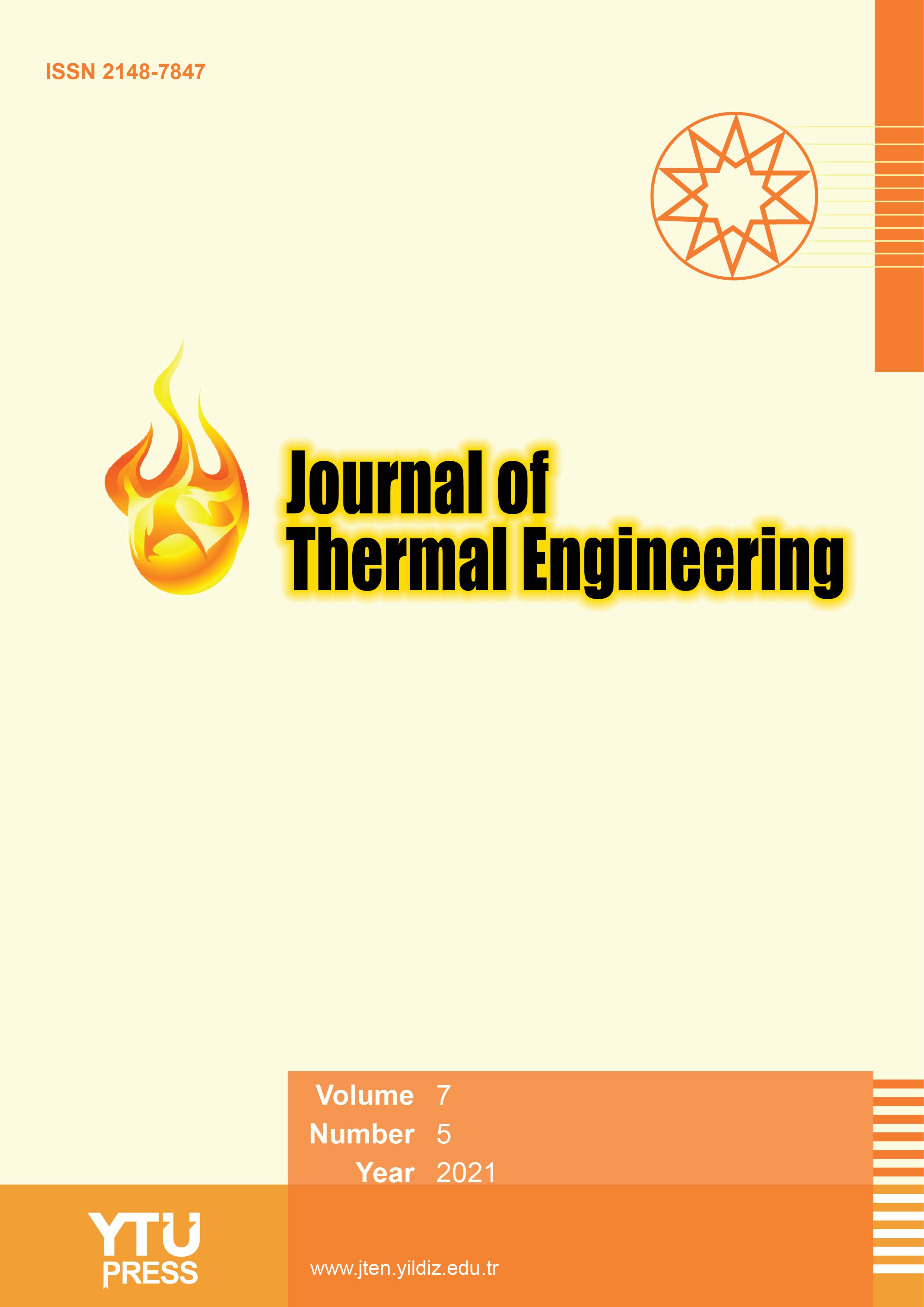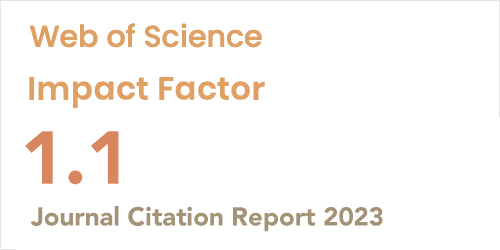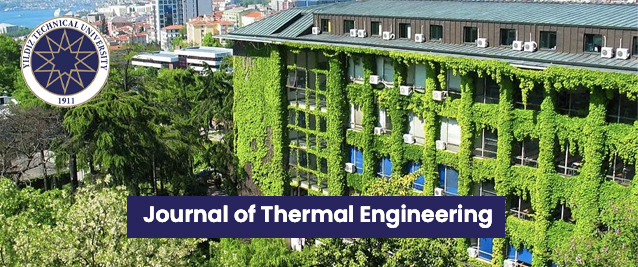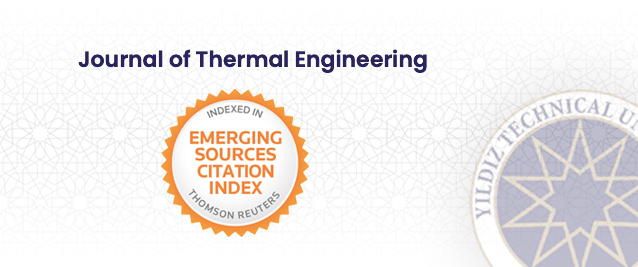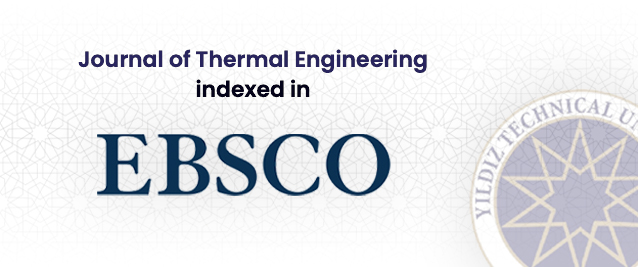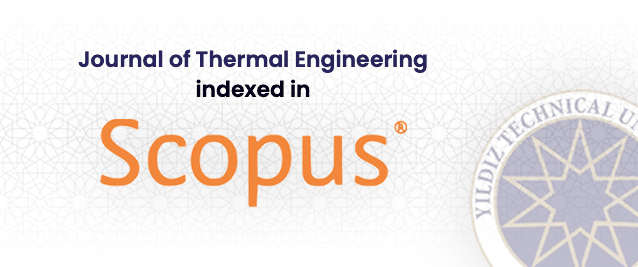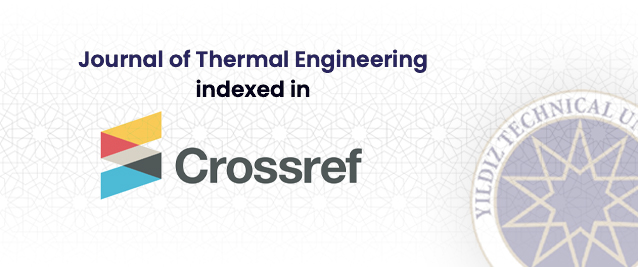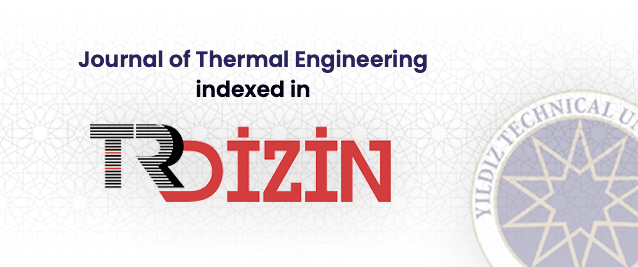2Department of Medical Engineering, Karabük University, Karabük, 78050, Türkiye
3Department of Mechanical Engineering, Karabük University, Karabük, 78050, Türkiye
Abstract
Nanofluids have gained increasing attention because of their superior thermophysical prop-erties compared to the base fluid. However, the environmental impact of the nanofluids has raised concerns together with their potential use in practical applications. This study aims to
explore the impact of using Fe3O4 nanofluids stabilized by synthetic and natural stabilizers (CTAB and gelatin) to enhance thermal efficiency while minimizing environmental impact.
The Fe3O4 nanoparticles were synthesized by using a hydrothermal method with an average particle size of 200 nm. The nanofluids were prepared by dispersing the nanoparticles (0.1
wt% Fe3O4) in the presence of the stabilizers with concentrations between 0.2 and 1.0 wt% in deionized water. The impact of stabilizer type and concentration on the nanofluids’ stability was monitored through visual inspection. The thermal efficiency of the nanofluids was inves-tigated experimentally on a laboratory-scale cooling tower at 45°C, with a 0.06 m3/h volume flow rate, and between 0.02 and 0.07 kg/s air mass flow rates. The results show that nanofluid with 0.8 wt% gelatin achieves maximum stability for up to three weeks, significantly outper-forming the nanofluid with the CTAB, which stabilized for only up to one week. The nanofluid with 0.8 wt% gelatin achieved a higher efficiency of 47 % at the air mass flow rate of 0.04 kg/s, consistently outperformed its CTAB counterpart. These results show that gelatin, a natural polypeptide, is more suitable than CTAB for nanofluid formulations, offering both thermal efficiency enhancement and environmental benefits due to its non-toxic and low-cost nature.


